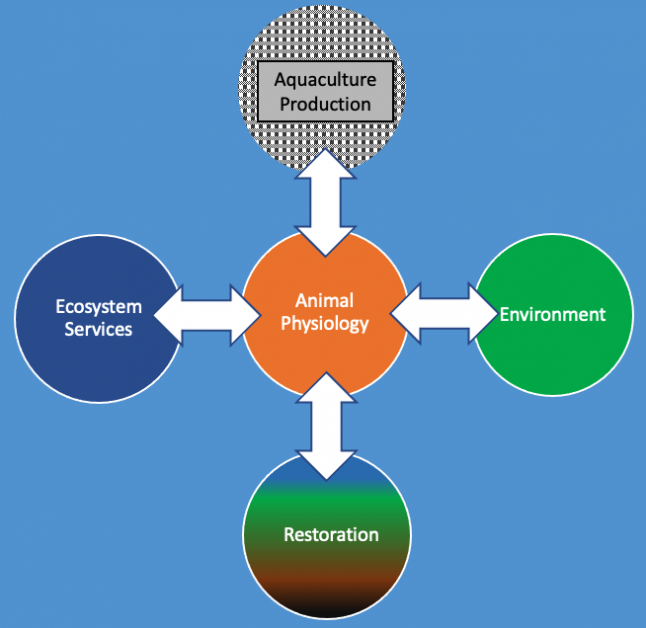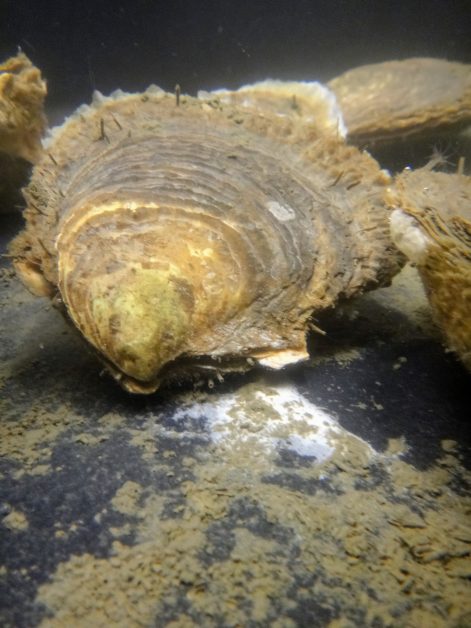Our laboratory is focused on quantifying bivalve physiological rate functions to better understand the role of these animals under several settings

Animal Physiology:
Oyster physiology refers to the various internal functions (eating, breathing, etc.) that sustain these animals and allow them to grow, survive and reproduce. Oyster physiology responds rapidly to environmental change, which occurs regularly and frequently in estuaries. As the tide goes in and out, seawater temperature, salinity, and other conditions around these populations can change quickly.
Our lab seeks to understand how their feeding, respiration, growth, and other physiological processes vary in response to environmental variability. These data have many applications inlcuding:
Reproductive Ecophysiology:

Dr. Gray also studies the ecophysiology of brooding oysters (Genus Ostrea). Brooding chambers are traditionally thought to represent a refuge from adverse environmental conditions; however, studies are now emerging that the brooding chamber can also become quick acidified or hypoxic. Brood chamber conditions and their fluctuations have been an overlooked aspect of basic oyster science that holds implications for invertebrate evolution and climate change.